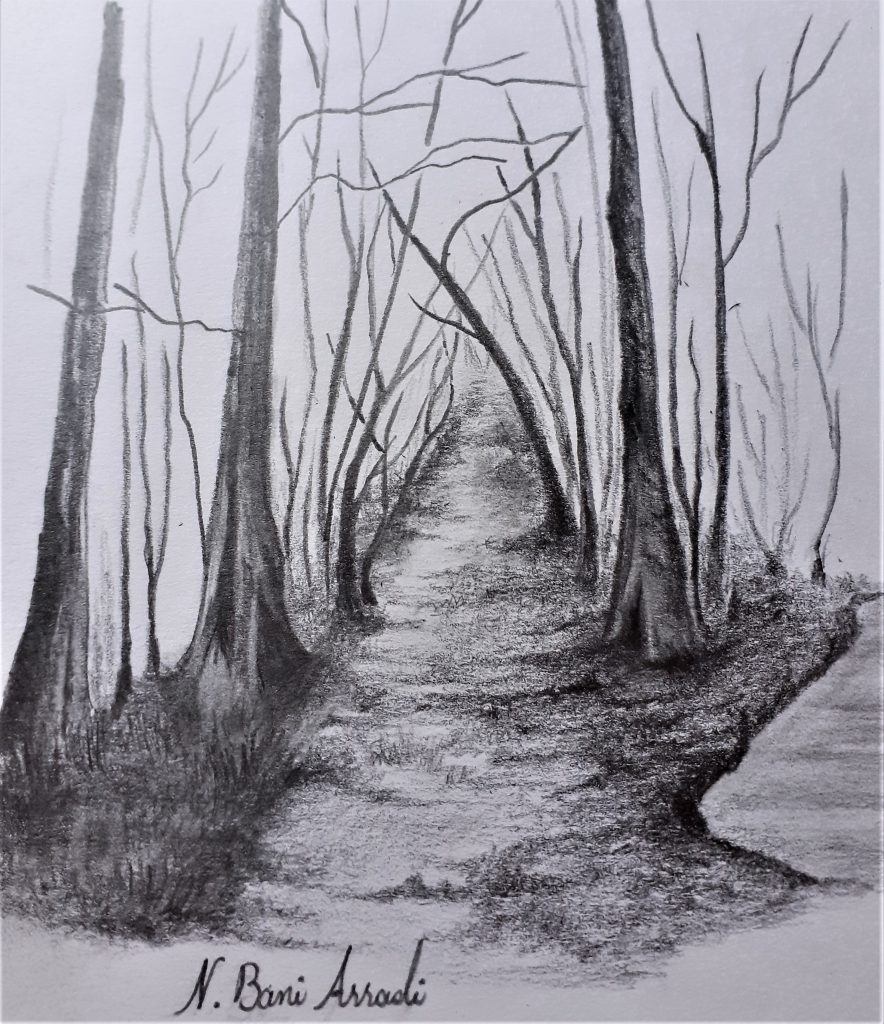Twenty years ago, when I read Henry James’ the Turn of the Screw for the first time as a young teenager, I remember finishing the book and telling myself, “Hmm… another typical English horror tale…What a waste of time!” The story was about a young woman who was appointed as a governess by a young gentleman to take care of the education of the gentleman’s small nephew and small niece, Miles and Flora, whose parents had died, and who were living with a housekeeper in an old family house in the countryside. The story went on with the young governess’ discovery of the presence of two evil ghosts in the house who did all they could to possess Miles and Flora, who appeared to prove themselves more and more evil, in the eyes of the governess, throughout the course of the narrative. The story was actually a first-person narration by the governess. The reader could empathize with all the fears and the sorrows that she went through until the final scene, when, despite all the motherly efforts of the governess to protect the children, ten-year-old Miles, after the exchange of a few ambiguous sentences with the governess, dies in her arms, leaving a teenage reader of the novella with the judgment: scary, but nonsense!
Nevertheless, it took almost fifteen years until a key towards a deeper understanding of this story was offered to me, and this in an extraordinary book by Daryl Koehn, titled The Nature of Evil, in which she had dedicated each chapter to the analysis of the portrait of evil as depicted in a world-renowned literary work, from Dr. Jekyll and Mr. Hyde to the New Testament. You can imagine the great degree of my surprise when I saw that one full chapter of that book was dedicated to the uncovering of the face of evil in the above-mentioned novella. The title of the chapter was “Evil as Imagined Portent”.
In her reading of the story, Koehn had tried to distance herself from the governess’ narrative and to examine her actions with the help of the clues which were artfully hidden by Henry James between the lines of the narration to conclude the madness of the young governess and that she herself was actually the evil she tried too hard to combat throughout the whole story. The madness of the governess, which leads to her killing Miles in her own arms in the final scene of the story, is, however, unrecognizable to the reader who is deeply steeped in her narrative taking part in her madness.
Reminding the reader of the apparently unimportant point in the beginning of the story regarding the governess’ feelings for the uncle of the children, that “handsome” “bold” gentleman who had assigned to her the huge responsibility of taking care of the children of his deceased brother,[1] Koehn brings under the limelight the kind of persona that the governess, in her own fantasies, had fabricated for herself to fulfil the role that was granted to her as a “favour” from her sweetheart. Taken over by the wild running of her own imagination, the governess paranoidly seeks, and naturally finds, every slightest possible piece of evidence in the children’s normal course of behaviour to confirm their role, in the eyes of the governess, as the poor, though malicious, victims in the story and her own role as a hero, as their saviour. The more she tries to “master the imagined crisis” by controlling the situation, the more violent she gets, the more afraid of her the children become, and the more assured she becomes of their malignity.[2]
The most crucial point made in this chapter by Koehn is that, according to her, the reader of this story, by feeling attached to the illogical course of the governess’ narrative and by empathizing with her and protecting her persona, as the central figure of the story, has proven herself/himself not to be immune from the disease by which the young woman in this story is inflicted. Although the governess of James’ story is configured to depict an extreme case, her emotional connection to the identity she defined for herself is familiar to every reader confronting this story for the first time. As Koehn makes clear in this chapter, we are normally prone to place evil wherever we recognize a “violative threat to our identity” is taking place. The human ego is ready to do whatever imaginable to protect this identity and this is where the real evil could grow in the forms of, as Koehn enumerates, the creation of enemies, mad courage, attempts to master ambiguity, manipulative control of vulnerable people, etc. Among many wise comments that Koehn provides in this chapter of her book regarding how to deal with this tragic human situation, I found two of them, practically, most important: first, to explore further and further the nature of evil (beyond the boundaries of our personal discernment of identity-threat) “instead of accusing particular individuals of being wicked”,[3] and second, to ask ourselves and to wonder in the face of those who seem to fear us: “have we become akin to the very evil we seek to defeat?”[4]
[1] This description is not mentioned in detail by Koehn, but the reader can see it in: James, Henry, The Turn of the Screw and Other Stories, ed. by T.J. Lustig, Oxford & New York: Oxford University Press, 1992, p.120
[2] Koehn, Daryl, The Nature of Evil, New York, Palgrave Macmillan, 2005, pp. 117-149
[3] Ibid., p. 149
[4] Ibid., p. 145

Nasrin Bani Assadi promoviert in Komparativer Theologie an der Universität Bonn.
#Thenatureofevil #epistemicevil #DarylKoehn #TheTurnoftheScrew
